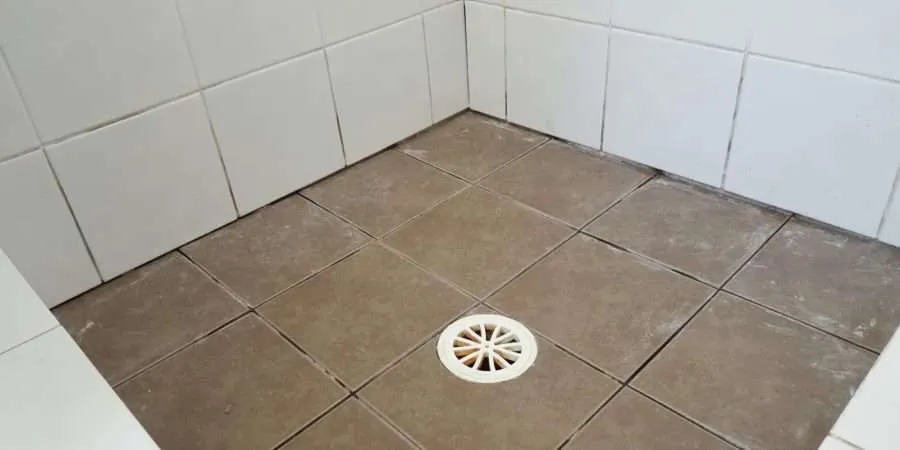Just How to Avoid Water Damage in Your Bathroom
Just How to Avoid Water Damage in Your Bathroom
Blog Article
Every person has got their unique assumption with regards to Common Causes of Water Damage in a Bathroom.

The shower room is incredibly at risk for damp accumulation and also prospective water damages because of the frequent use of water in it. This article provides simple assessment techniques to aid discovering water damage risks.
The frequent use water in the bathroom makes it exceptionally susceptible for wet build-up and also prospective water damages. By examining it consistently, you can decrease water relevant damages.
The adhering to set of inspections is very easy to do and need to be done when in every 3 months in order to keep your bathroom healthy and to stop potential water problems caused by the bath tub, the shower, pipe joints and also plumbing, sinks, cabinets, and also the toilet
Do not forget carrying out these assessments and be complete while performing them. Remember that these easy assessments can save you a great deal of money by supplying very early indicators for water damages
Bathtub as well as Shower
The shower and tub call for special interest and also maintenance. Examine the tiles as well as change if cracked. Make certain that there is no missing out on grout in between the tiles. Examine and also replace broken caulking at joints where the walls satisfy the flooring or the bathtub. Blocked drains pipes and pipes troubles will avoid the tub from drying out and may show significant problems beneath the tub. Talk to a specialist quickly to stop architectural damages. Pay attention to discolorations or soft areas around the bathtub walls as they may show an internal leak.
Plumbing
Signs for water damage are hard to spot because a lot of pipelines are set up inside the wall surfaces.
Pay unique focus to floor covering and also wall surfaces moisture as well as spots as they might show an unseen plumbing problem. Check moisture levels in adjoining spaces also.
Sinks as well as Cabinets
Sinks as well as closets are revealed to dampness and also moisture day-to-day and are often neglected. Examine frequently under the sink and on the countertop above it. Repair any drip in the trap as it may suggest drain problems. Look around the sink, slow draining pipes might show an obstructed drainpipe. Change sink seals if they are fractured or loosened.
The Bathroom
The bathroom is a prone water junction. Inspect the water lines as well as search for leaks around the toilet seat, in the hose, and also under the water container. If you identify any kind of indications of wetness on the floor around the toilet, check for leakages in the toilet edge and also storage tank seals.
Understand that hanging toilet bowl antiperspirants raises the opportunities for blockages.
TIPS TO PREVENT WATER DAMAGE IN THE BATHROOM
The average household uses approximately 80-100 gallons of water per person per day. For a family of 4, that's almost 2,500 gallons of water a week! The largest portion of this consumption comes from bathroom use. Flushing the toilet uses the most water, followed by taking a shower or bath. With that much water running through the home, water damage in the bathroom is bound to happen. Knowing how to spot signs of a water leak is essential to preventing long-term damage. This guide provides you with tips to reduce the impact of water damage on your bathroom.
CAUSES OF BATHROOM WATER DAMAGE
Pipe breaks are the most common cause of water damage we see in our daily jobs. The age of a pipe plays a large role in a pipe break as well as corrosion. Over time, the metal begins to break down, allowing water to escape. Frozen pipe breaks are also a concern in the winter months. Toilet overflows caused by paper products or children flushing inappropriate items. Degraded caulking around the toilet or bathtub can allow water seepage, sometimes behind the fixture, into the subfloor or walls. Condensation forms when the water in a pipe is cooler than the air temperature. Beads of water form on the exterior of the pipes, sometimes so much so that the water begins to drip and pool below. Sink or shower backups created by poor drainage. HOW TO PREVENT WATER DAMAGE IN YOUR BATHROOM
Inspect your toilet supply line for worn or frayed hoses and replace them as needed. Winterize your plumbing to prevent a frozen pipe break. Use vent fans to prevent condensation that can lead to mold growth. Routinely check and replace degraded caulking around your toilet or bathtub. Increase the temperature in your toilet tank and insulate your pipes during the warm summer months to keep condensation from forming. Use child safety locks on the toilets. Flush only toilet paper. "Flushable" wet wipes are actually not good for your plumbing system. Additionally, feminine hygiene products should not be flushed. Prevent water from escaping the tub or shower. Make sure shower curtains are in good condition. Inspect shower doors and replace the seal strip if necessary. Wipe up any water that accumulates on the floor and use bath mats. Water left to sit can cause damage to the tiles and flooring. Refrain from using bath products containing heavy oils to avoid a clogged drain.

I am very focused on How to Prevent Bathroom Water Damage and I really hope you enjoyed reading the entire page. Liked our review? Please share it. Let others locate it. Kudos for your time. Come back soon.
Try Here Report this page